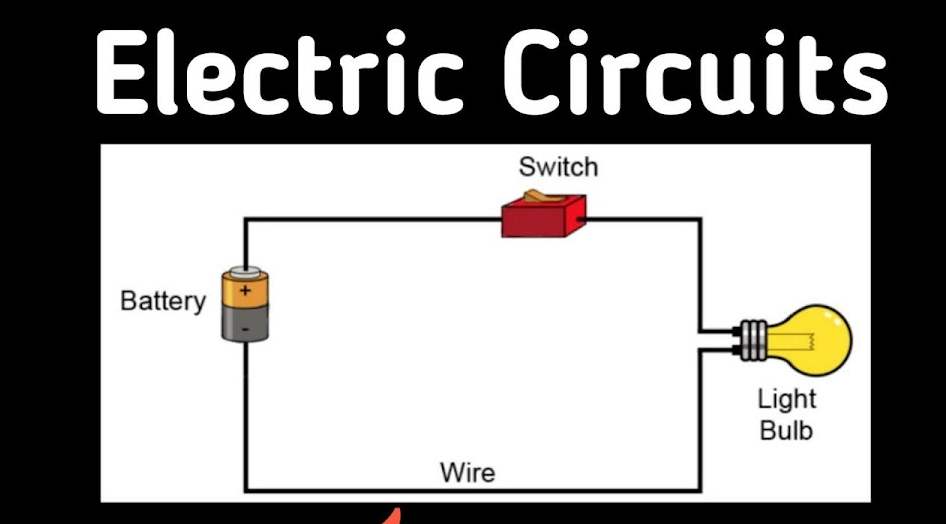Electrical circuits are the backbone of any electrical system, whether in a home, an industrial plant, or a vehicle. As a trade school student, understanding the different types of electrical circuits and how they work is crucial for designing, installing, and troubleshooting electrical systems. This blog will explain the three main types of electrical circuits—series, parallel, and mixed circuits—and their applications in real-life scenarios.

By the end of this guide, you’ll have a clear understanding of these circuit types and how to work with them effectively.
What is an Electrical Circuit?
An electrical circuit is a closed path through which electric current flows. It consists of components like a power source (battery), conductors (wires), load (devices like bulbs or fans), and switches. Circuits can be simple or complex, depending on the number of components and their arrangement.
Based on the arrangement of components, circuits are classified into three types: series, parallel, and mixed circuits.
1. Series Circuits
In a series circuit, all components are connected end-to-end, forming a single path for the current to flow.
Key Features:
- The same current flows through all components.
- The total resistance is the sum of individual resistances (Rtotal = R1 + R2 + R3).
- If one component fails, the entire circuit stops working.
Example: Old Christmas lights where one bulb goes out and all the lights stop working.
Advantages:
- Simple to design and install.
- Requires fewer wires compared to parallel circuits.
Disadvantages:
- Not suitable for systems where reliability is critical.
- Voltage drops across each component, reducing overall efficiency.
2. Parallel Circuits
In a parallel circuit, components are connected across the same voltage source, creating multiple paths for the current to flow.
Key Features:
- Each component receives the same voltage.
- The total resistance is reduced as more branches are added (1/Rtotal = 1/R1 + 1/R2 + 1/R3).
- Failure of one component does not affect the others.
Example: Modern home wiring systems where appliances operate independently.
Advantages:
- Reliable, as one faulty component does not disrupt the circuit.
- Efficient, as each device gets the required voltage.
Disadvantages:
- Requires more wires, making it more complex and expensive.
3. Mixed Circuits
Mixed circuits, also known as series-parallel circuits, combine the features of both series and parallel circuits. Some components are connected in series, while others are connected in parallel.
Key Features:
- Allows flexibility in circuit design.
- Can optimize the advantages of both series and parallel connections.
- Used in complex systems where different components have different requirements.
Example: Automotive wiring systems where certain lights or devices work independently, but some are connected in series.
Advantages:
- Provides greater design flexibility.
- Combines reliability and efficiency.
Disadvantages:
- More complex to design and troubleshoot.
Applications of Electrical Circuits
Each type of circuit has specific applications:
- Series Circuits: Used in low-cost systems and devices like flashlights or decorative lights.
- Parallel Circuits: Ideal for residential and commercial buildings where independent operation of devices is critical.
- Mixed Circuits: Commonly used in automobiles, industrial systems, and other complex applications.
How to Build and Test Circuits
Here are the steps to create and test electrical circuits:
- Use a circuit diagram to plan your design.
- Gather necessary components like resistors, wires, and a power source.
- Connect the components based on the circuit type (series, parallel, or mixed).
- Test the circuit using a multimeter to check voltage, current, and resistance.
- Ensure there are no loose connections or short circuits.
Conclusion
Understanding series, parallel, and mixed circuits is crucial for any electrician. Each circuit type has its strengths, limitations, and specific applications. By learning how to design and troubleshoot these circuits, you can build a strong foundation in the electrical trade. Start practicing today, and soon you’ll be able to tackle complex electrical systems with confidence!